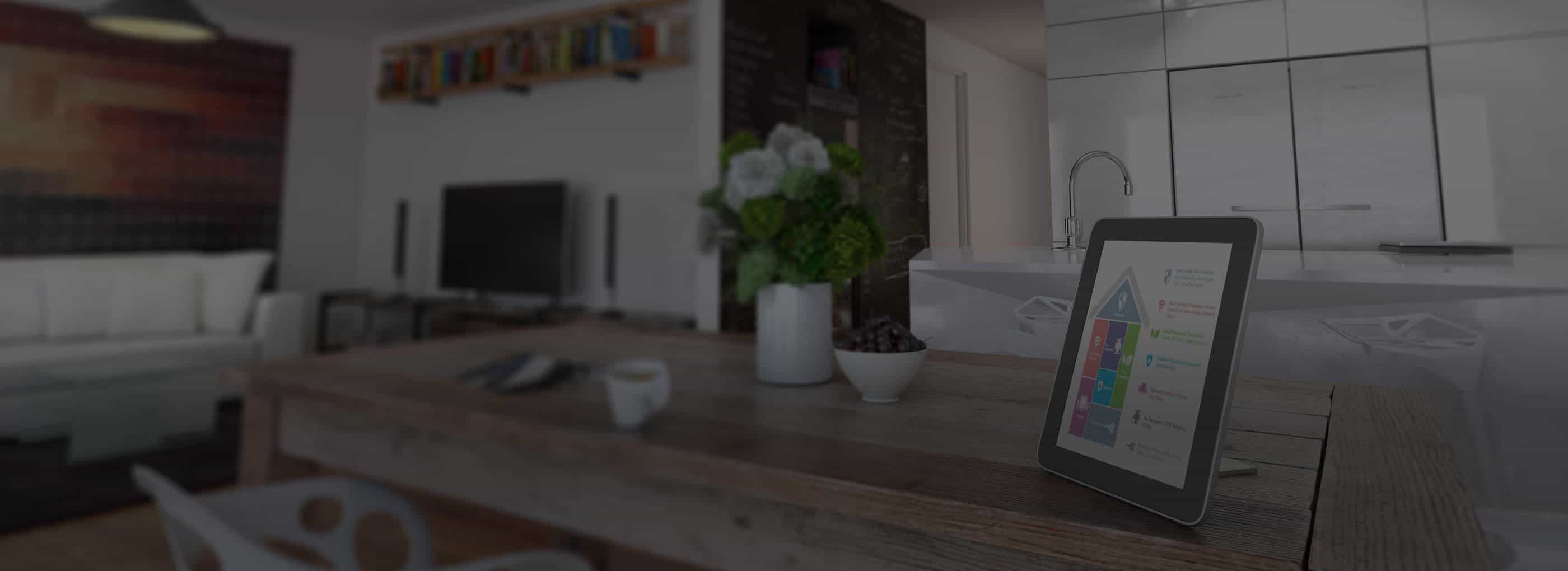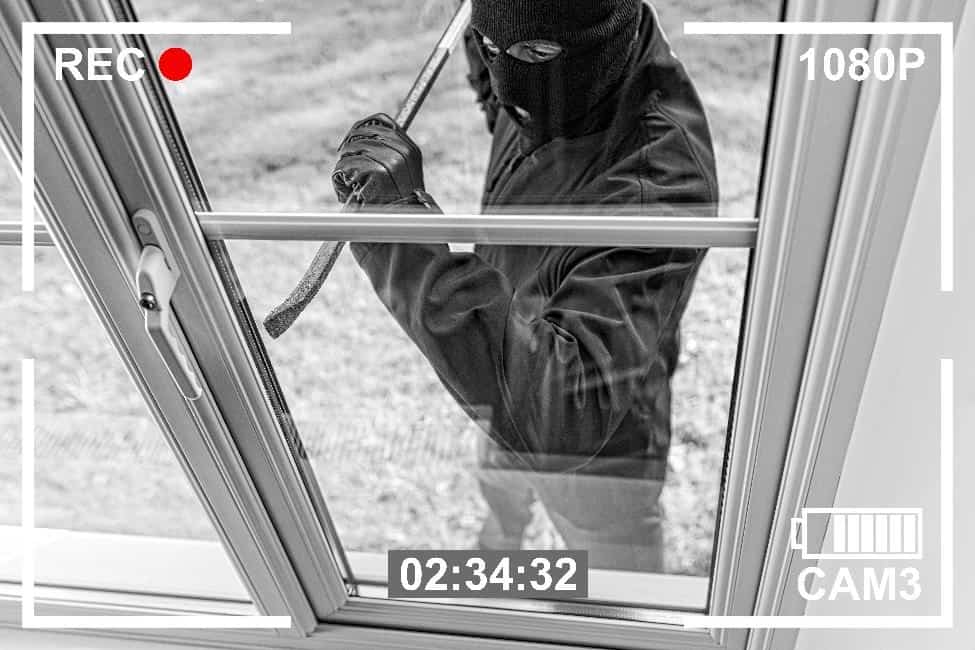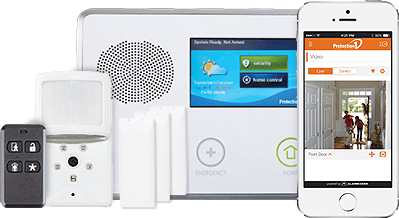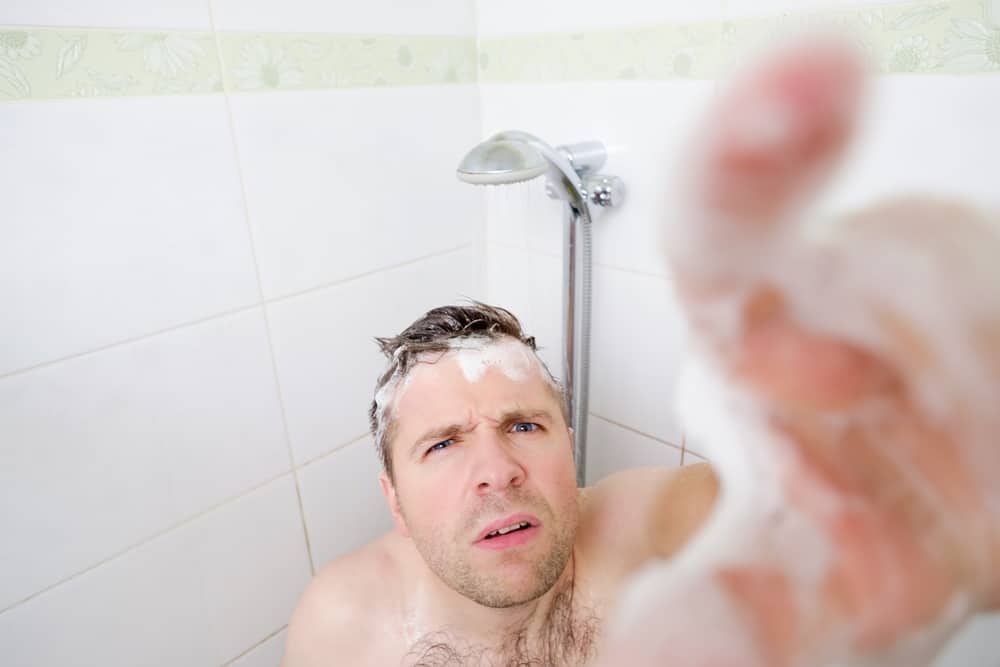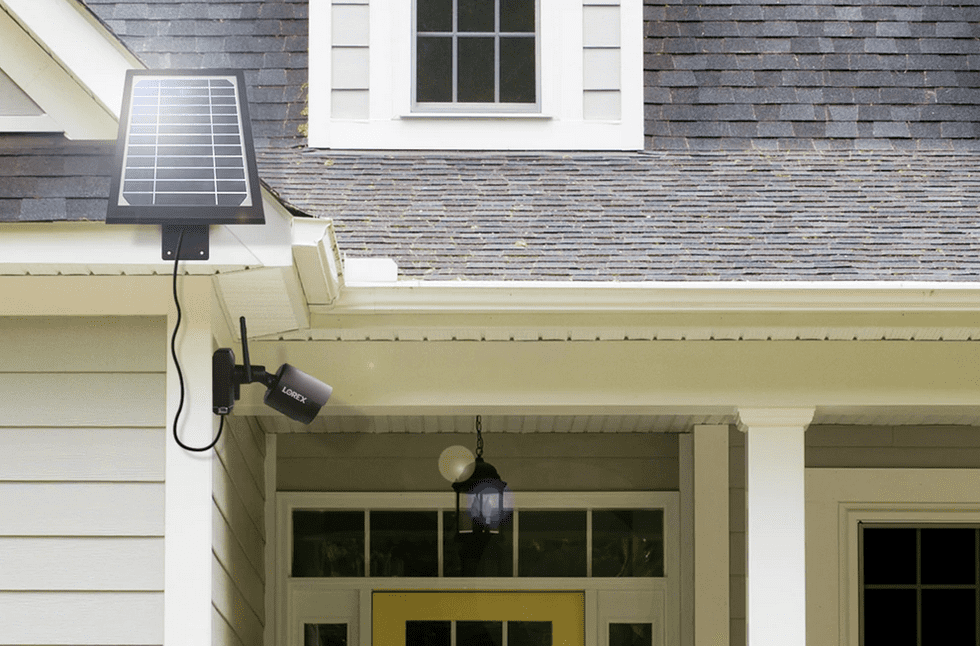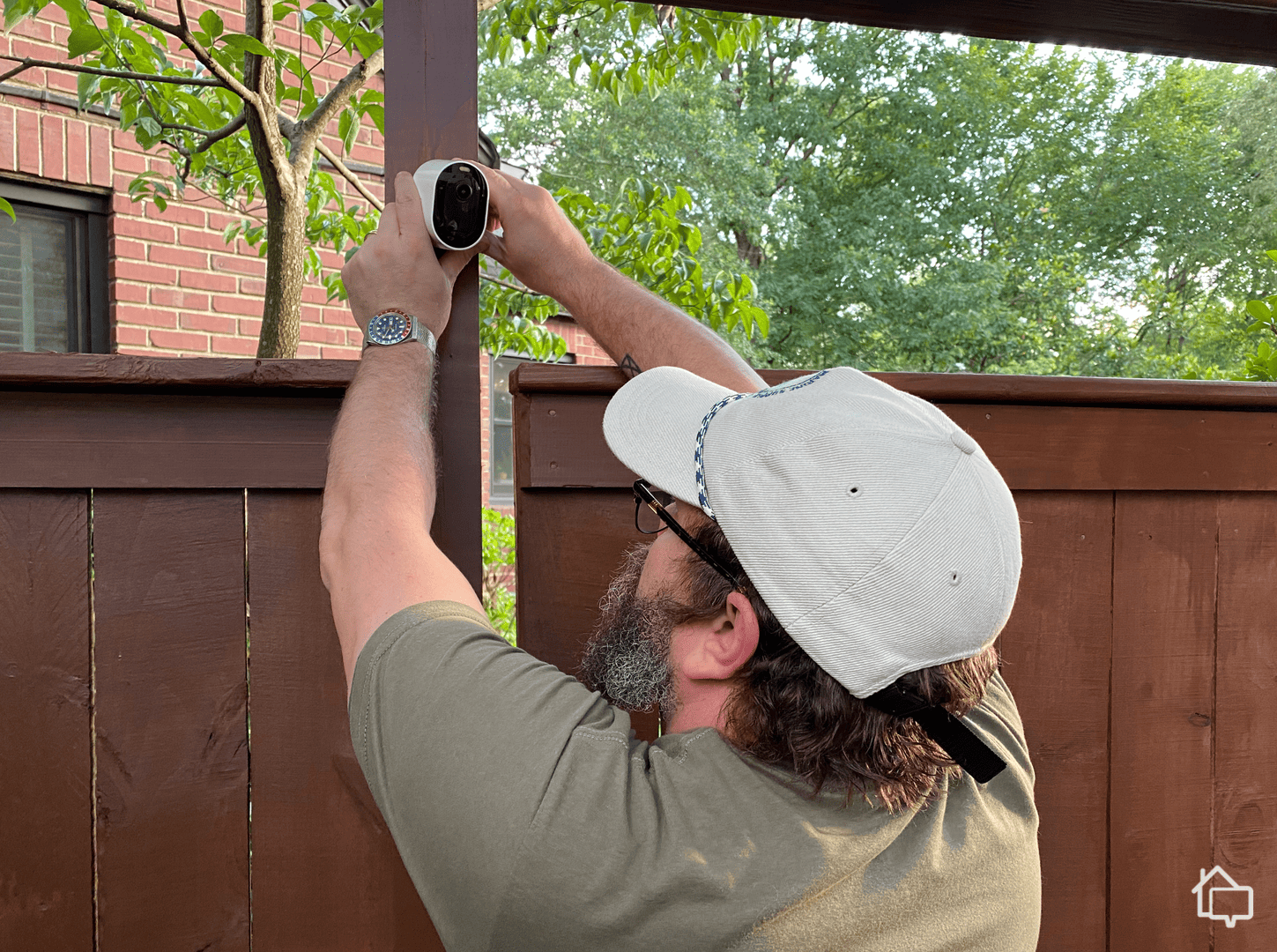
Mounting the Arlo Pro 4
There’s just no excuse in this day and age not to secure your home from burglars. The world’s a dangerous place, and you certainly can’t just ignore your home security and hope for the best.
“Home security is expensive,” you might say. “I just can’t afford to keep my family as safe as I’d like.” We get it. We’re not made out of money either. The thing is, good home security doesn’t require you to spend a lot of money. You may have to get creative and do a little extra work yourself, but you can actually burglar-proof your home for under $100.
If you’re independently wealthy, living off a trust fund, then feel free to skip this guide. But if you’re like the rest of us and you’re looking for common sense ways to protect your home on a budget, you’ve come to the right place.
I’m a home security expert, after all. And today I’m going to show you exactly how to shore up your home security on the cheap. So let’s dive right in.
How does your home measure up when it comes to security? Take this quiz to see how you score, and get recommendation to protect your home.
What Can You Do to Protect Your Home for Under $100?
Home security solutions can be divided into two categories. There are, of course, tech solutions like entry sensors and cameras, and many of these are pretty affordable. There’s also a whole category of solutions, though, that involve nothing more than a little elbow grease.
Affordable Tech Solutions
If you’re living on a tight budget, you may think that high-tech security equipment is simply out of reach. Not true. You can purchase a number of useful components for under $100. And while you might not be able to put together a complete system for that amount, most systems are scalable, so you can always go back and add additional components when you can afford them.
- Low-cost cameras: You really can’t beat a security camera for protecting your home. Most are motion-activated, so you get an alert any time there’s suspicious activity and you can see what’s happening in real time. Our list of the most affordable security cameras includes a number of great options for well under $100. The Wyze Cam Outdoor V2, for instance, is hardy enough to work outdoors. It features 1080p HD resolution and battery power that lasts up to six months. Best of all, with local storage options, you’re not locked into any monthly fees. You pay $74 and you’re fully protected.
- Door and window sensors: Door and window entry sensors cost even less than security cameras. For instance, a SimpliSafe sensor costs $15. Place these around your home, and they’ll alert you any time someone enters your home. Note, however, that you’ll need a SimpliSafe base station to monitor sensors from the brand. A basic package typically costs about $250 with some sensors included, but with SimpliSafe’s best deals (up to 60% off), the price drops to $100. If you don’t want a full-blown security system, there are entry sensors with a built-in mini-siren for about $20 each.
- Smart lights and plugs: Remember that burglars prefer empty homes. One of the easiest ways to make them think you’re home even when you’re not is to have lights and other appliances come on periodically. You can purchase cheap outlet timers that activate lights on a schedule. Or, for just a few dollars more, you can purchase smart lights and smart plugs. You control these from your mobile device, so you can turn things on at random or when you get a notification from one of your entry sensors. There’s nothing like a loud TV coming on all of a sudden to frighten away would-be intruders.
Low-Tech and No-Tech Solutions
It turns out that a lot of security fixes can be purchased at your local hardware store for just a few dollars or put in place for no money whatsoever. Here are a few solutions that won’t break the bank.
- Lock your doors. You might be surprised to learn that the largest percentage of home break-ins aren’t really even break-ins. Many people simply don’t lock their doors, and that allows burglars to stroll right in and take what they want. The solution doesn’t require a Ph.D.: lock your doors.
- Tidy up outside. Burglars prefer to break in when no one is at home. That means you want to make sure you do what you can to let them know that your home is lived in and well cared for. Keep your lawn trimmed, don’t leave your trash cans sitting at the curb when it’s not trash day, and check your mail regularly. You’d be surprised how effective a little regular maintenance can be at deterring home invaders.
- Limit what you post online. Of course, it doesn’t matter how neat you keep your lawn if you let everyone online know that you’re out of town enjoying a vacation. Would-be burglars regularly troll social media looking for who’s out of town. Think carefully about everything you post online and what it might be telling those who would do you harm.
- Get friendly with your neighbors. It also costs nothing to get to know your neighbors. How’s that going to help? Let the nice lady across the street know when you’re going to be out of town, and you can count on her to take note of any suspicious activity that happens while you’re gone.
- Yard signs and dummy cameras. Your local hardware store carries cheap dummy cameras and yard signs that let potential burglars know you’ve signed up with a security service, even if you haven’t.
- Change up your routine. Do the same thing every day, and you make it easier for home invaders to predict when you will and won’t be home. So, change things up every now and then.
- Secure entryways. Locking your doors is a good start. Not all doors are created equal, though. A sliding glass door can be a particular problem since they typically use weak locks — little more than latches, really. Most hardware stores sell sliding glass door lock bars. Even a simple dowel placed in the door track can make it impossible for burglars to open the door, even if they manage to bypass the lock. As for your windows, protect them with a layer of window security film, and you’ll make it harder for burglars to get through them.
Pro Tip: With IFTTT, you can connect motion sensors to smart lights so lights come on automatically any time someone is near your home. See our smart home guide to learn more.
Final Thoughts
We hear it all the time: I just don’t have enough money to invest in home security. Well, do you have enough money to replace your belongings if you’re the victim of a home invasion?
That old saying — an ounce of prevention is worth a pound of cure — is true. You may not think you can afford home security, but you definitely can’t afford a break-in.
The good news is that you don’t have to make these kinds of complicated calculations. You don’t have to decide whether you’d rather protect your home or put food on the table. For under $100, you can upgrade your home’s security and keep your possessions — and, more importantly, your family — safe.
